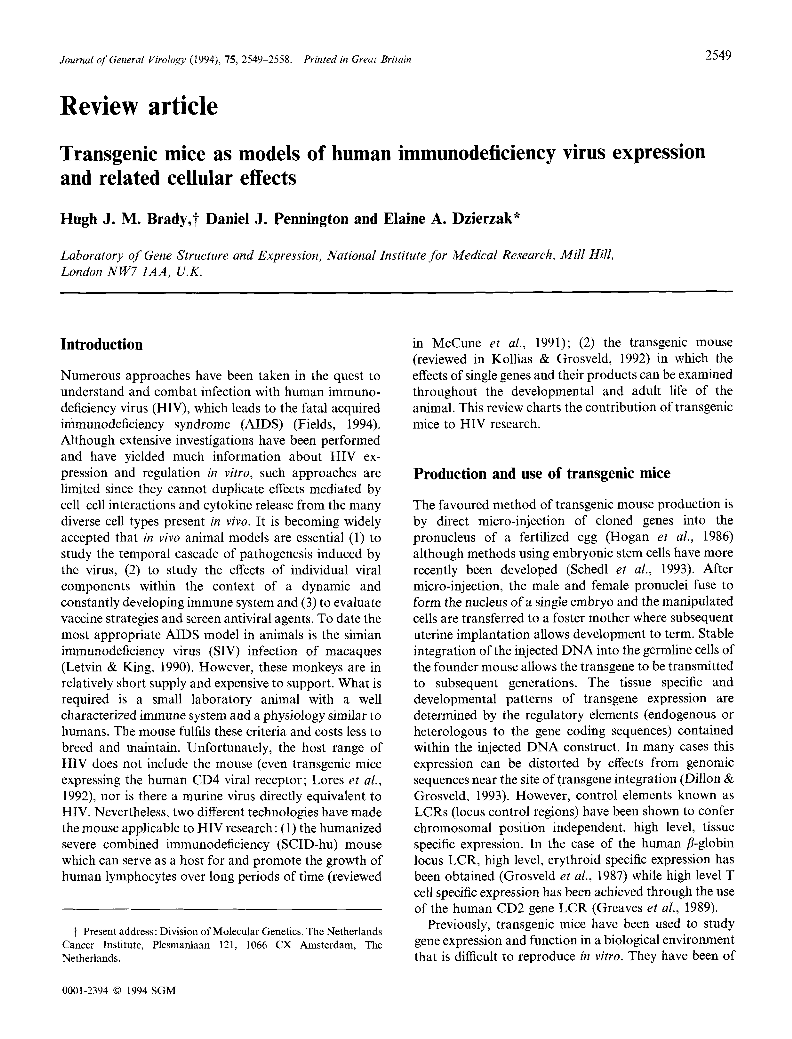
Full text loading...

Transgenic mice as models of human immunodeficiency virus expression and related cellular effects, Page 1 of 1
< Previous page | Next page > /docserver/preview/fulltext/jgv/75/10/JV0750102549-1.gif
There is no abstract available.

Article metrics loading...

Full text loading...
References


Data & Media loading...
